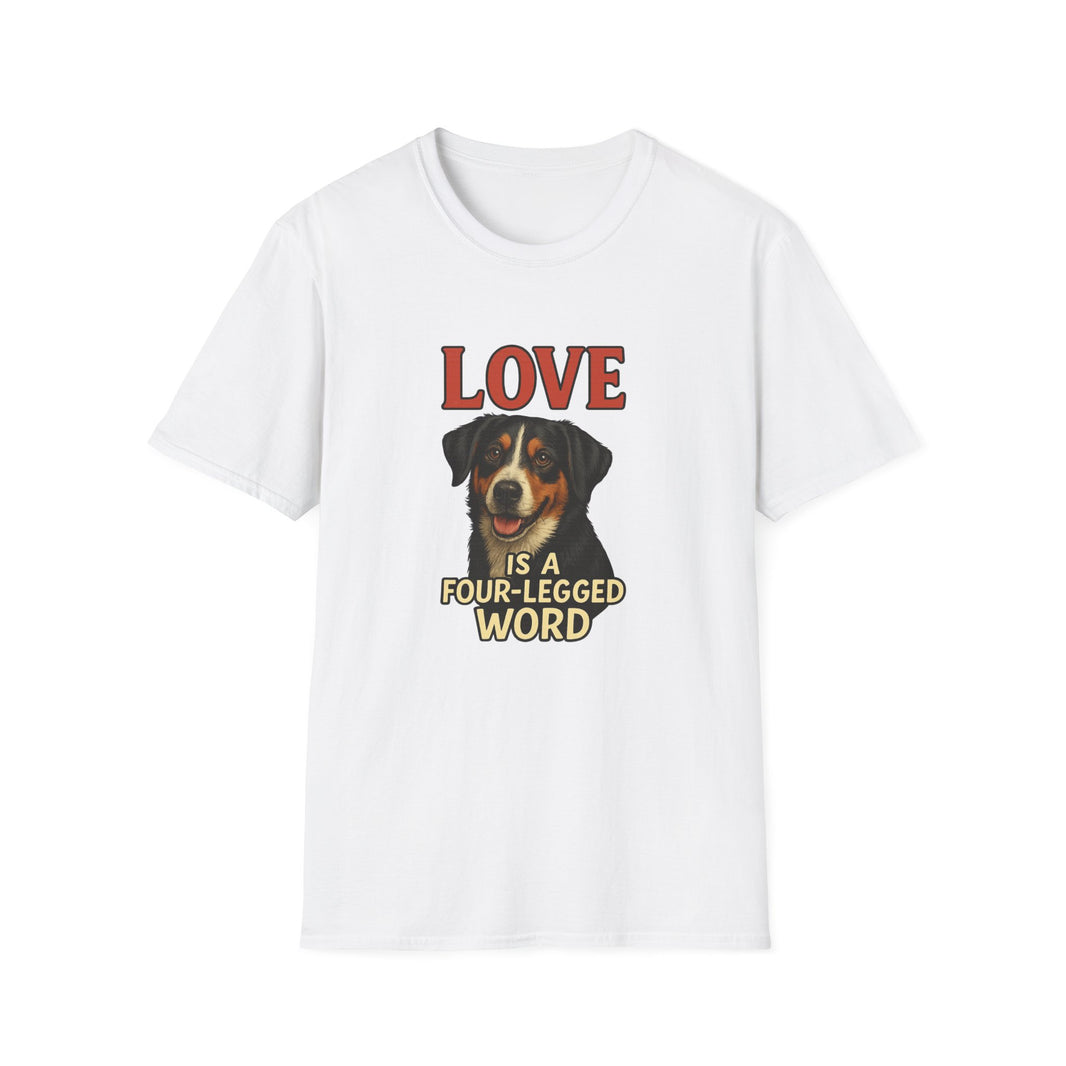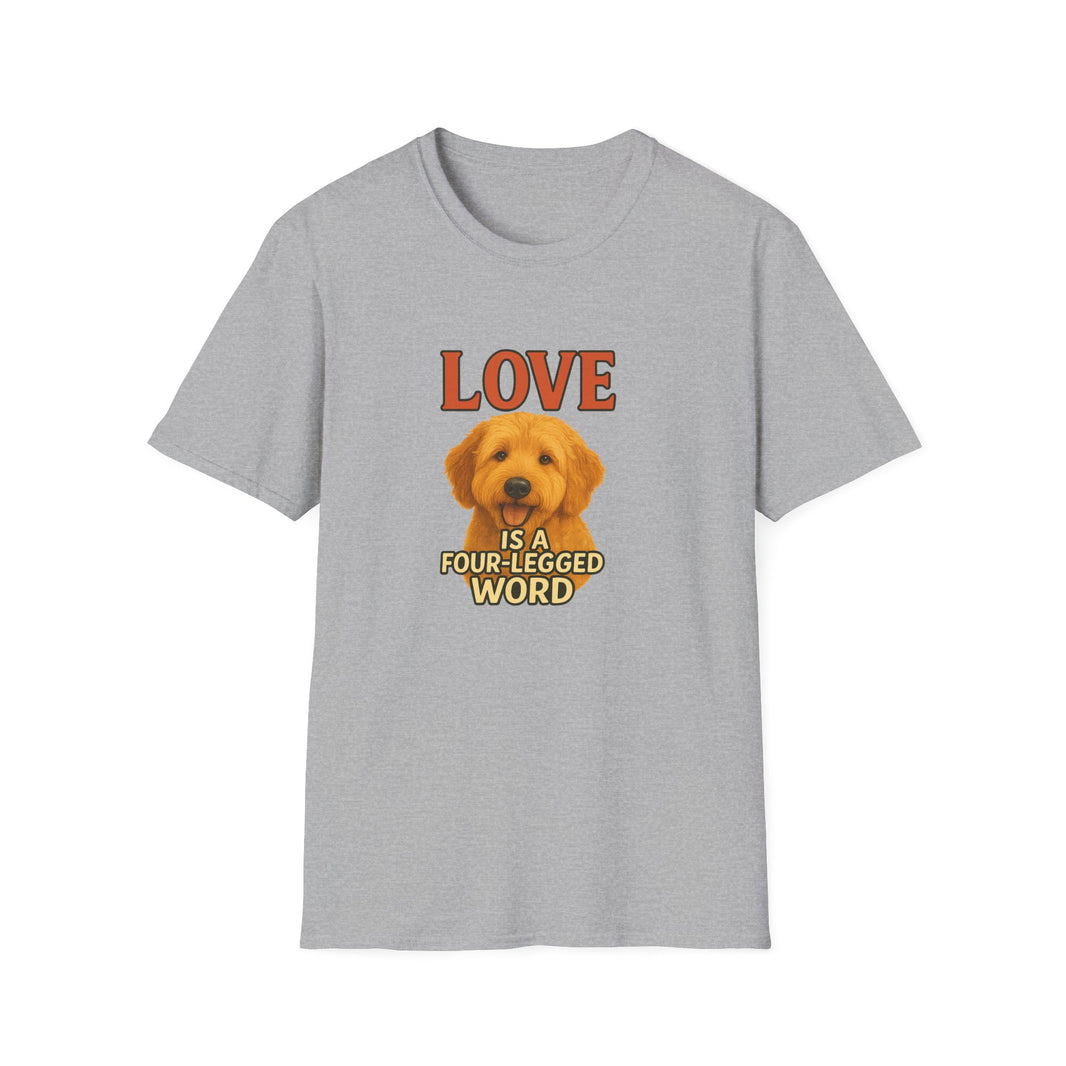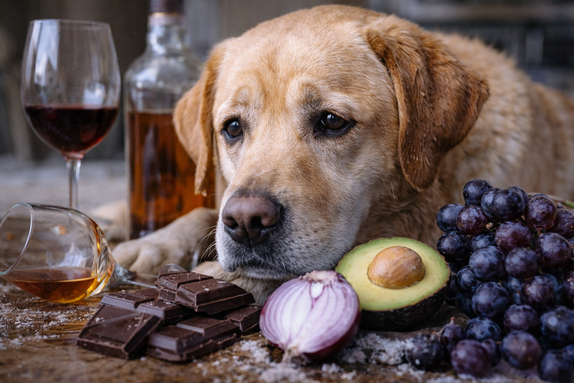Your One-Stop Shop for Everyday Essentials & Unique Finds
Beware of Greenery-Guide to Toxic Plants for Dogs
Gardens & green spaces can be a source of joy & tranquility for humans & dogs however there are hidden dangers: toxic plants. It's essential for dog owners to familiarize themselves with common toxic plants to prevent accidental ingestion & ensure the safety of their pets.
Top 10 Most Dangerous Common Plants for Dogs
-
Sago Palm (Cycas revoluta)
- Toxic Parts: All parts, especially the seeds
- Symptoms: Vomiting, diarrhea, seizures, liver failure
-
Oleander (Nerium oleander)
- Toxic Parts: All parts
- Symptoms: Vomiting, decreased heart rate, lethargy, potentially fatal
-
Azalea (Rhododendron spp.)
- Toxic Parts: All parts
- Symptoms: Vomiting, drooling, diarrhea, lethargy, coma
-
Tulips (Tulipa spp.)
- Toxic Parts: Bulbs
- Symptoms: Vomiting, diarrhea, drooling, depression
-
Daffodils (Narcissus spp.)
- Toxic Parts: Bulbs, leaves, flowers
- Symptoms: Vomiting, diarrhea, abdominal pain, cardiac arrhythmias
-
Lily of the Valley (Convallaria majalis)
- Toxic Parts: All parts
- Symptoms: Vomiting, diarrhea, decreased heart rate, seizures
-
Foxglove (Digitalis purpurea)
- Toxic Parts: All parts
- Symptoms: Vomiting, drooling, cardiac arrhythmias, heart failure
-
Autumn Crocus (Colchicum autumnale)
- Toxic Parts: All parts, especially the bulbs
- Symptoms: Vomiting, diarrhea, shock, multi-organ damage
-
Castor Bean (Ricinus communis)
- Toxic Parts: Seeds
- Symptoms: Vomiting, diarrhea, abdominal pain, tremors, potentially fatal
-
Yew (Taxus spp.)
- Toxic Parts: All parts, especially the seeds
- Symptoms: Vomiting, difficulty breathing, seizures, sudden death
Symptoms of Plant Poisoning in Dogs
It is crucial to recognize the signs of plant poisoning in dogs to take immediate action. Here are common symptoms that may indicate your dog has ingested a toxic plant:
- Gastrointestinal Issues: Vomiting, diarrhea, drooling, loss of appetite
- Neurological Symptoms: Weakness, tremors, seizures, lethargy, disorientation
- Cardiac Symptoms: Irregular heartbeats, decreased heart rate, sudden collapse
- Respiratory Issues: Difficulty breathing, excessive panting
- Behavioral Changes: Restlessness, excessive thirst, unusual aggression or anxiety
- Skin Irritation: Redness, swelling, itching, blisters
What to Do If Your Dog Ingests a Toxic Plant
If you suspect your dog has ingested a toxic plant, follow these steps:
- Identify the Plant: If possible, identify the plant your dog has ingested to inform your veterinarian.
- Remove Plant Material: Remove any remaining plant material from your dog's mouth and paws.
- Contact Your Veterinarian: Immediately call your veterinarian or an emergency veterinary clinic for guidance.
- Provide Information: Be ready to provide details about the plant and the symptoms your dog is experiencing.
- Follow Professional Advice: Follow the instructions given by your veterinarian, which may include inducing vomiting, bringing your dog in for examination, or other treatments
In conclusion, toxic plants pose a significant threat to the health & safety of dogs.













Leave a comment